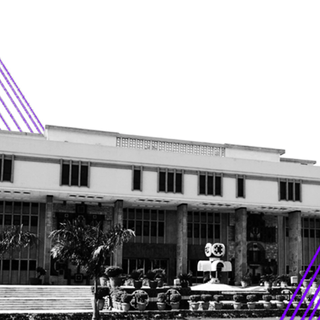The National Council of Educational Research and Training (NCERT) this week released a teachers’ training manual to address gender disparity in education. The manual looked at gender identity and dysphoria, trans inclusion, and gender-neutral infrastructure in schools. Now, India’s child rights body, the National Commission for Protection of Child Rights (NCPCR), has received a complaint calling the gender-sensitization content a “conspiracy” to traumatize students.
NCPCR asked NCERT to respond to the concerns raised by the complainant within seven days. NCPCR also said that the content, titled “Inclusion of Transgender Children in School Education: Concerns and Road Map,” is “not commensurate” with gender realities and basic needs, The Times of India reported.
The complaint to NCPCR claims the content will cause “psychological” trauma to students, who may feel a sense of conflict in school and their homes. In other words, the gender non-conforming attitudes may challenge the restricted idea of gender and sex Indian families pass on. For instance, in explaining gender-neutral toilets, young children who are otherwise conditioned to believe that there are only two genders may be confused.
The online response to NCERT’s training manual is also largely bigoted. People have rushed to call this a “woke” idea, which is causing a “nuisance” in the West. According to reports, the manual has been dropped from the website after this outrage.
To put things into context, here’s a glimpse of what the manual included: a glossary of concepts such as gender identity, expression, and affirmation; definitions of terms people can use to identify themselves; struggles of gender-nonconforming students; debunking myths about trans lives. The manual offered suggestions on making schools inclusive for transgender and non-conforming children. “Provision of gender-neutral toilets and uniforms, discontinuing practices that segregate children into various school activities based on their gender, creation of support groups in schools,” were identified as ways, according to Firstpost.
According to a study, about 50-60% of transgender people have never attended schools and face rampant social discrimination. In 2018, the government asked schools to develop a database of trans students to boost social inclusion. Even one of the suggestions in the current manual for teachers is: “Talk to students about puberty blockers. Convey that these are available and accessible for those experiencing gender dysphoria, who may later identify as transgender.”
Related on The Swaddle:
What India Can Learn About Trans Inclusion From the World
Arguably, classroom education is a robust way to dismantle gender rigidity. Gender normative ideas take root during social interactions with peers and teachers. A training manual that explores gender non-conforming attitudes not only addresses the stigma but also arms people with knowledge and helps promote social inclusion. Interestingly, the manual also identifies “caste patriarchy” as a reason for LGBTQI+ stigma. “When we examine textbooks, it is crucial to take note of the visuals in addition to the text as they can have a significant impact on the minds of students… There was hardly any scope for non-normative gender expression,” one of the creators of the manual said.
“When teachers are proactive in affirming their existence and supporting their contributions, dropout rates will decline. The children will be able to enjoy their childhood, complete their education, and find employment,” Dr. L. Ramakrishnan, Vice President, Solidarity, and Action Against The HIV Infection in India (SAATHII) told Firstpost, explaining the benefits of such a module. About 92% of transgender people are deprived of the right to participate in any form of economic activity in the country, with even qualified ones refused jobs. Importantly, social prejudice in school translates into bullying, which inevitably scars individuals and affects self-worth.
“Holistic initiatives to prevent violence faced by transgender and gender-nonconforming children must take into account the harassment they experience at school,” Ramakrishnan added.
An interrogation of gender identity may do the opposite of “traumatizing” students — it may liberate them.




